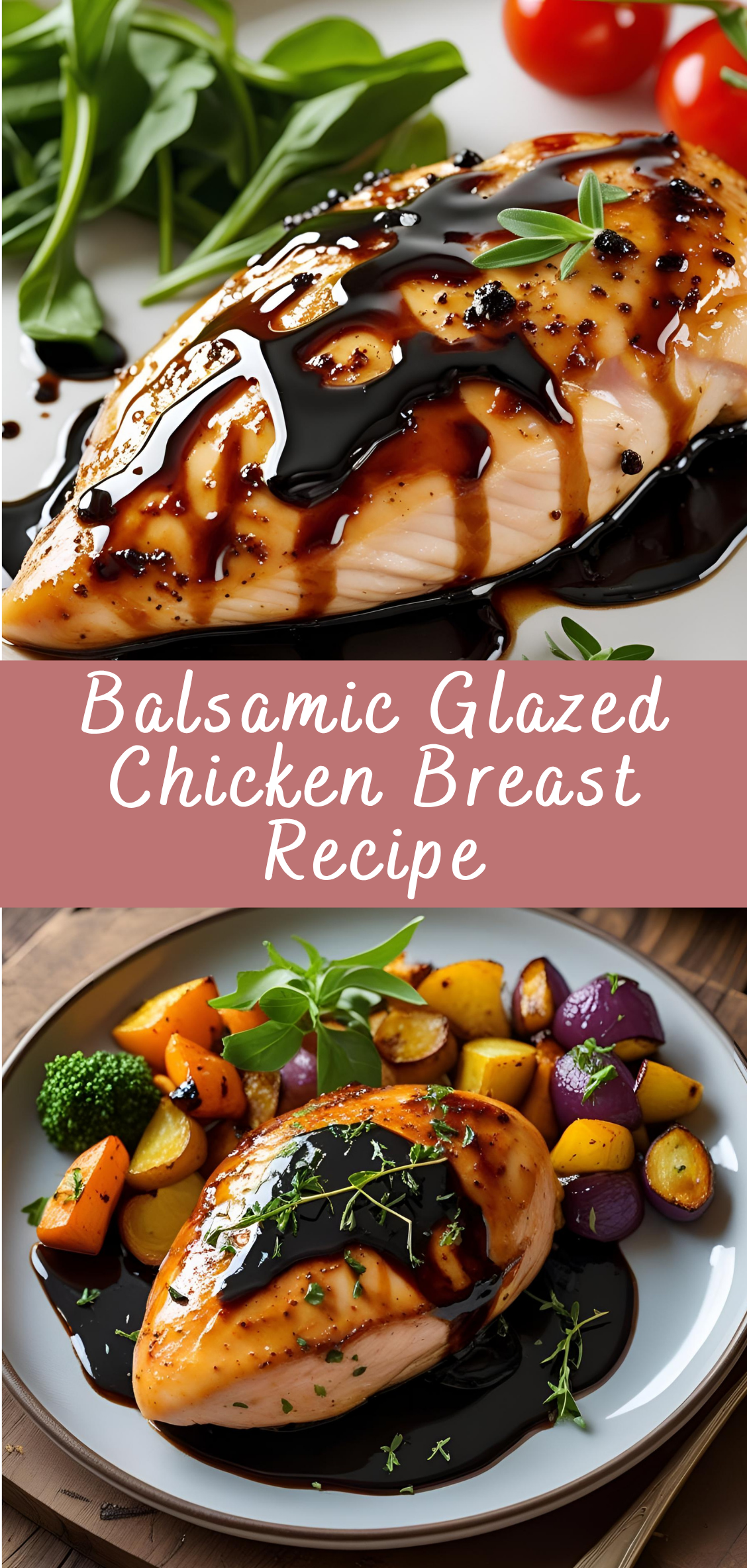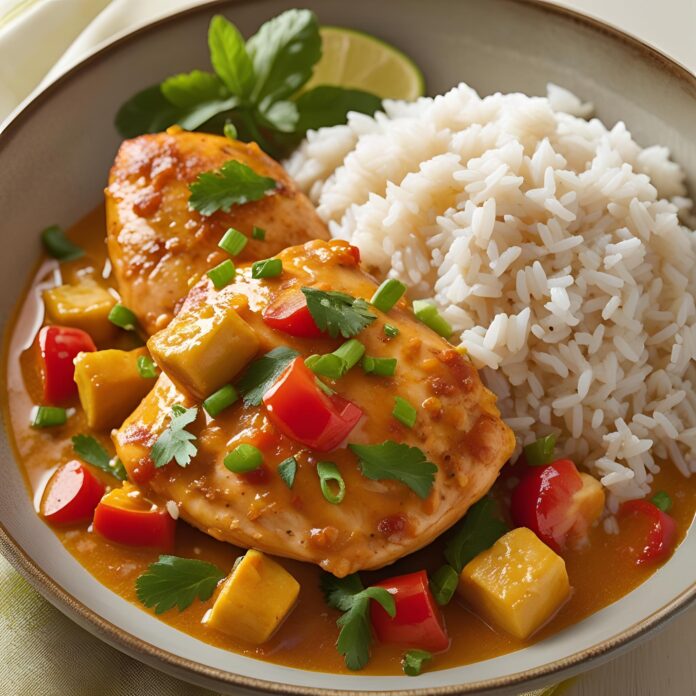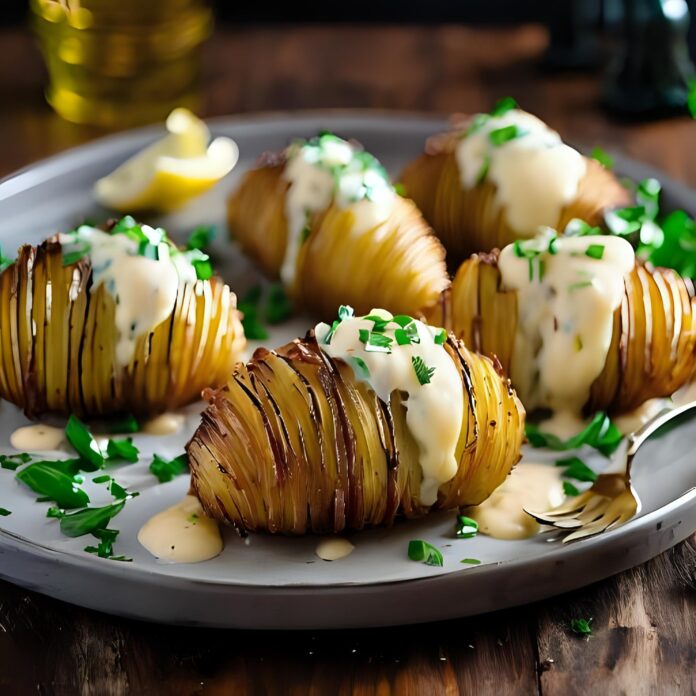Balsamic Glazed Chicken Breast Recipe
Few dishes strike a balance between simplicity, elegance, and bold flavor quite like Balsamic Glazed Chicken Breast. This recipe transforms an everyday protein into a culinary delight that’s both accessible for weeknight dinners and impressive enough for special occasions. The hallmark of this dish is the luscious balsamic glaze—a rich, tangy-sweet reduction that coats the chicken breast, infusing it with layers of complex flavor that perfectly complement the meat’s natural tenderness.

Chicken breast is one of the most popular proteins worldwide due to its versatility, mild flavor, and healthful profile. However, its low fat content and lean texture often make it prone to drying out or becoming bland if not cooked with care. The magic of a balsamic glaze lies not only in the bold flavor it imparts but also in its ability to enhance juiciness and create an irresistible caramelized crust. This glaze, typically made by reducing balsamic vinegar with a touch of sweetness such as honey or brown sugar, sometimes balanced with aromatics like garlic or fresh herbs, wraps the chicken in a glossy, vibrant coating that elevates every bite.
What makes this dish particularly special is its marriage of contrasting tastes—tartness from the balsamic vinegar, sweetness from the glaze’s caramelization, and savory depth from seasoning and searing. This trifecta creates a mouthwatering harmony that appeals to a wide range of palates and pairs beautifully with a variety of side dishes, from creamy mashed potatoes and roasted vegetables to light salads or fragrant rice.
Beyond its flavor, balsamic glazed chicken breast offers tremendous flexibility in preparation. It can be cooked on the stovetop, baked, grilled, or even air-fried, making it adaptable to any kitchen setup or personal preference. The glaze itself can be made ahead and stored, allowing for quick assembly on busy days or thoughtful plating when entertaining.
This recipe also invites creativity. You can experiment with adding herbs such as rosemary, thyme, or basil for aromatic notes; incorporate spices like black pepper, smoked paprika, or chili flakes for heat; or complement the glaze with fresh fruit reductions such as figs or cherries for seasonal twists. The balsamic vinegar itself comes in a range of qualities—from budget-friendly to aged and syrupy varieties—each bringing unique depth to the glaze.
In this comprehensive guide, you will find everything you need to master balsamic glazed chicken breast: detailed ingredient breakdowns, step-by-step cooking instructions, tips for achieving perfect texture and flavor, suggestions for complementary sides and wine pairings, as well as advice on storage and reheating. Additionally, we will explore the culinary history and production of balsamic vinegar, its role in Italian cuisine, and the science behind glazing and caramelization.
Whether you are a seasoned cook seeking a reliable go-to recipe or a kitchen novice eager to impress, this balsamic glazed chicken breast recipe will become a staple in your culinary repertoire. Prepare to delight your senses and those of your guests with a dish that embodies the beauty of simple ingredients elevated by technique and passion.
Step-by-Step Instructions: Balsamic Glazed Chicken Breast
Part 1: Ingredients and Preparation
Before you begin, gather and prepare all ingredients. Having everything ready (mise en place) ensures smooth cooking and better results.
Ingredients
-
4 boneless, skinless chicken breasts (6–8 ounces each)
-
Salt, to taste
-
Freshly ground black pepper, to taste
-
2 tablespoons olive oil or avocado oil
-
3/4 cup balsamic vinegar (choose a quality one for best flavor)
-
2 tablespoons honey or brown sugar (adjust for sweetness)
-
2 cloves garlic, minced
-
1 teaspoon Dijon mustard (optional, for tang and depth)
-
1 teaspoon fresh rosemary or thyme leaves (optional)
-
1 tablespoon unsalted butter (optional, for finish)
-
Fresh parsley or basil, chopped (for garnish)
Part 2: Preparing the Chicken
Step 1: Pat Dry and Season
-
Use paper towels to pat the chicken breasts dry. Removing surface moisture helps with browning.
-
Season both sides generously with salt and freshly ground black pepper.
Tip: If time allows, season the chicken and let it rest uncovered in the refrigerator for 20–30 minutes. This dry brining enhances flavor and texture.
Part 3: Cooking the Chicken
Step 1: Heat the Pan
-
Place a large skillet (preferably stainless steel or cast iron) over medium-high heat.
-
Add 2 tablespoons olive oil and heat until shimmering but not smoking.
Step 2: Sear the Chicken
-
Carefully add the chicken breasts to the pan.
-
Cook without moving for 5–7 minutes, until the underside develops a deep golden-brown crust.
-
Flip and cook the other side for an additional 5 minutes, until golden and cooked through (internal temperature should reach 165°F or 74°C).
Tip: If the chicken thickens unevenly, consider pounding it gently with a meat mallet to even thickness before cooking for consistent results.
Step 3: Remove Chicken and Rest
-
Transfer the cooked chicken breasts to a plate and loosely cover with foil to rest.
-
Resting allows juices to redistribute, keeping the meat moist.
Part 4: Making the Balsamic Glaze
Step 1: Combine Ingredients
-
In the same skillet, lower heat to medium.
-
Add 3/4 cup balsamic vinegar, 2 tablespoons honey or brown sugar, 2 cloves minced garlic, and 1 teaspoon Dijon mustard if using.
-
Stir well to combine and scrape up any browned bits from the bottom of the pan.
Step 2: Reduce the Sauce
-
Bring the mixture to a gentle simmer.
-
Cook, stirring occasionally, until the sauce reduces by about half and thickens to a syrupy consistency, roughly 8–10 minutes.
Tip: Keep an eye on the glaze; it can quickly go from perfect to burnt.
Step 3: Finish the Glaze
-
Remove from heat and stir in 1 tablespoon unsalted butter to add shine and richness.
-
Optionally, add fresh rosemary or thyme leaves for an herbal note.
Part 5: Glazing and Serving
Step 1: Glaze the Chicken
-
Return the rested chicken breasts to the pan.
-
Spoon the thickened balsamic glaze generously over the chicken.
-
Cook for an additional 1–2 minutes, turning the chicken occasionally to coat thoroughly and warm through.
Step 2: Plate the Dish
-
Transfer the glazed chicken breasts to serving plates.
-
Drizzle any remaining glaze from the pan over the chicken.
Step 3: Garnish
-
Sprinkle chopped fresh parsley or basil on top for color and freshness.
-
Serve with your choice of sides such as roasted vegetables, mashed potatoes, or a crisp green salad.
Part 6: Tips for Perfect Balsamic Glazed Chicken Breast
-
Use room temperature chicken: Let chicken come to room temperature before cooking to promote even cooking.
-
Don’t overcrowd the pan: Cook in batches if necessary to avoid steaming instead of searing.
-
Adjust glaze sweetness: Depending on your balsamic vinegar’s acidity, adjust honey or sugar to balance tartness.
-
Use a thermometer: To avoid overcooking, check internal temperature with a meat thermometer.
-
Let it rest: Resting the chicken is essential for juicy results.
Balsamic Glazed Chicken Breast Recipe
Few dishes strike a balance between simplicity, elegance, and bold flavor quite like Balsamic Glazed Chicken Breast. This recipe transforms an everyday protein into a culinary delight that’s both accessible for weeknight dinners and impressive enough for special occasions. The hallmark of this dish is the luscious balsamic glaze—a rich, tangy-sweet reduction that coats the chicken breast, infusing it with layers of complex flavor that perfectly complement the meat’s natural tenderness.
Ingredients
- 4 boneless, skinless chicken breasts (about 1.5 lbs)
- 2 tbsp olive oil
- Salt and pepper, to taste
- 2 cloves garlic, minced
- ½ cup balsamic vinegar
- 2 tbsp honey (or maple syrup)
- 1 tbsp Dijon mustard (optional, for depth of flavor)
- 1 tsp Italian seasoning or dried thyme
- 1 tbsp butter (optional, for finishing)
Instructions
1. Prepare the Chicken
- Pat chicken breasts dry and season both sides with salt and pepper.
- If the breasts are thick, pound to even thickness for quicker, even cooking.
2. Sear the Chicken
- Heat olive oil in a large skillet over medium-high heat.
- Add chicken and sear for 4–5 minutes per side until golden and cooked through (internal temp: 165°F / 74°C).
- Remove chicken and set aside.
3. Make the Balsamic Glaze
- In the same pan, lower heat to medium. Add minced garlic and sauté for 30 seconds.
- Pour in balsamic vinegar, honey, Dijon mustard (if using), and Italian seasoning.
- Simmer 5–7 minutes, stirring occasionally, until reduced and syrupy.
- Stir in butter for a glossy finish (optional).
4. Glaze and Serve
- Return chicken to the pan and spoon glaze over it.
- Let simmer for 1–2 minutes to reheat and coat.
- Serve with extra glaze spooned on top.
Notes
- Serve with: Roasted vegetables, mashed potatoes, or a fresh arugula salad.
- Add-ins: A handful of cherry tomatoes or sautéed spinach can be tossed in with the glaze.
- Make it sweeter: Add a splash of orange juice or an extra teaspoon of honey.



